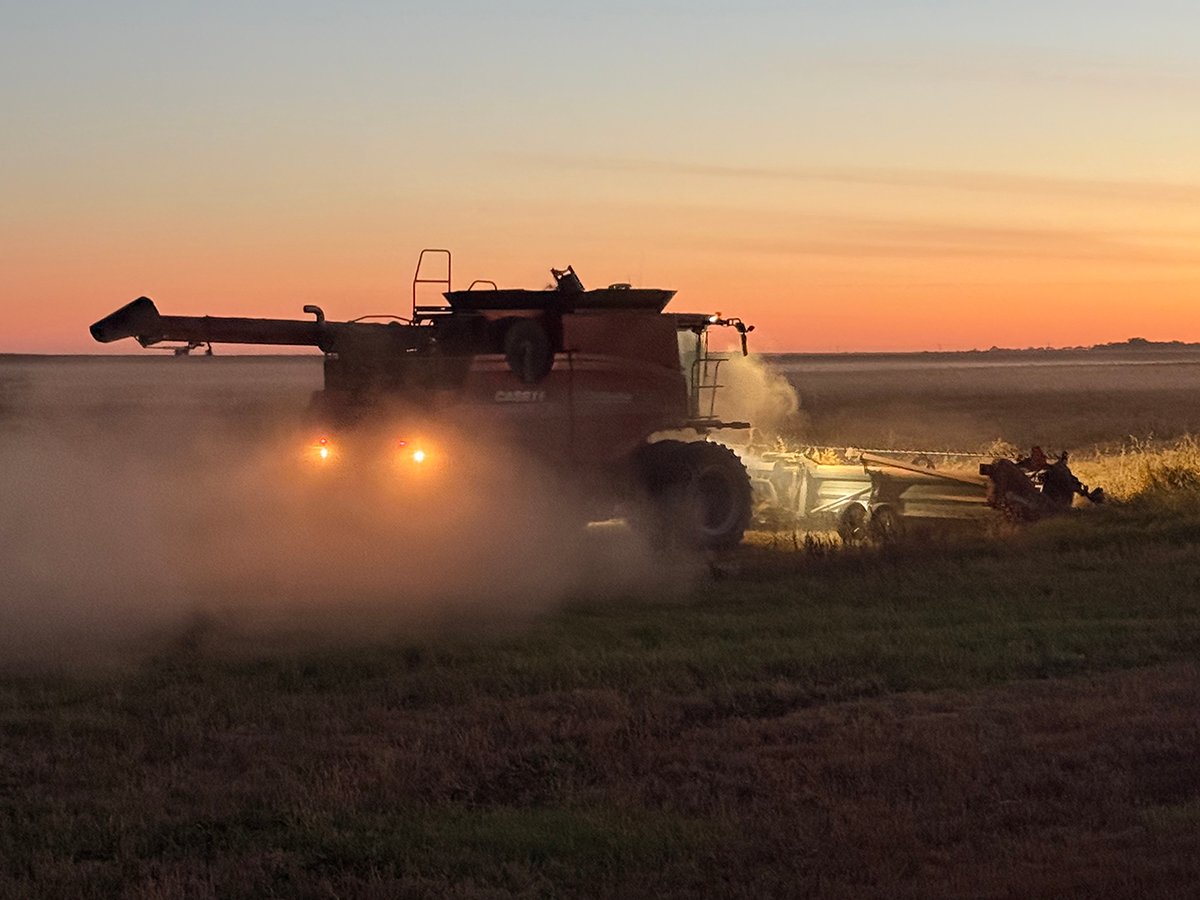Some people can’t resist entering the community fair. Doesn’t matter if it’s baking powder biscuits or crested wheat grass, if they’ve ever made it, seen it or heard of it, they enter it.
Being related to one of these types, I used to spend several weeks each year, at about this time of year, preparing entries for the local fair.
It’s a relatively simple thing to enter five cosmos in a vase, or the best butternut squash, or six peanut butter cookies on a paper plate.
Read Also

Downturn in grain farm economics threatens to be long term
We might look back at this fall as the turning point in grain farm economics — the point where making money became really difficult.
But that would be too easy. Alas, this relative of mine insisted we enter something much more labour intensive: the field crops division. That meant sheaves and sheaves of grain and forages.
Mid-August would find the conscripts walking miles through fields of waving crop, seeking out the most perfect two-row and six-row barley, the most luscious fall rye, the ideal bearded and beardless spring wheat and the reddest creeping red fescue.
Bear in mind that helpers’ enthusiasm for the project usually began to wane in about the second hour and the 250th stalk. Yet paltry sheaves would never do, the project boss would say. These sheaves had to be at least three inches across their throats when tied with binder twine.
Figure that to be about 2,000 selected stalks per sheaf, each individually stripped of its leaves and each carefully arranged so the heads matched up. To square off the bottoms, nothing worked as well as mom’s electric knife.
Let me tell you, that knife really developed a whine when it hit that sheaf of alfalfa forage. And the sweet clover bunch was even worse.
Trimming done, we’d tie up all the end results with red ribbon, and voila! About six hours of work per sheaf, to vie for $3 in prize money.
That was about 20 years ago, but oddly enough, the wages were about the same as farmers are earning today.
This year even the most ardent sheaf-maker will be hard-pressed to make good-looking sheaves out of short, drought-stressed crops. The beauty of community fairs is that some will try – and likely succeed.

















